Dunfermline Public Park
Park type: Town Park
Facilities
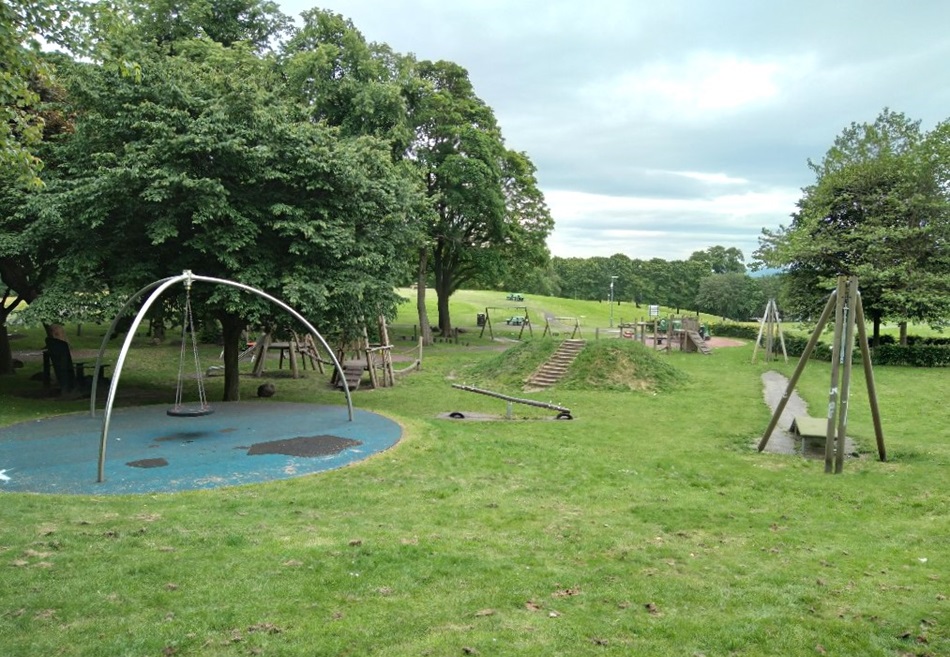
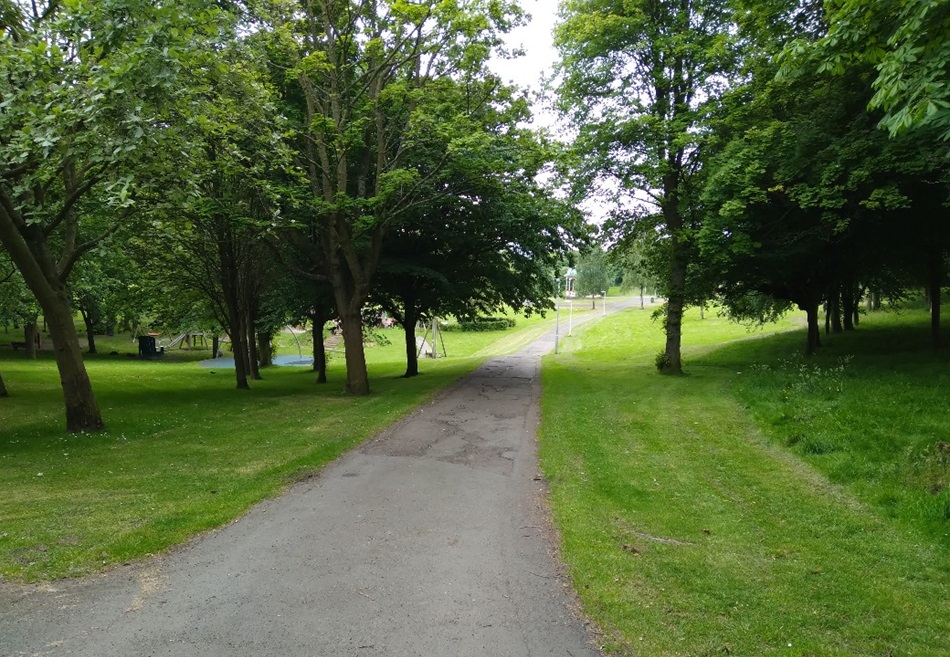
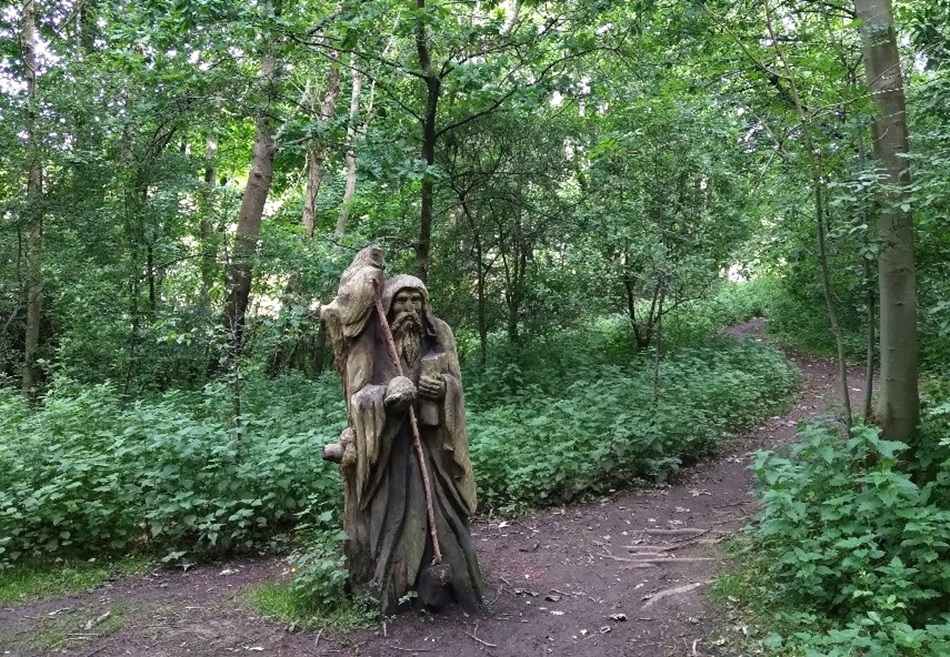
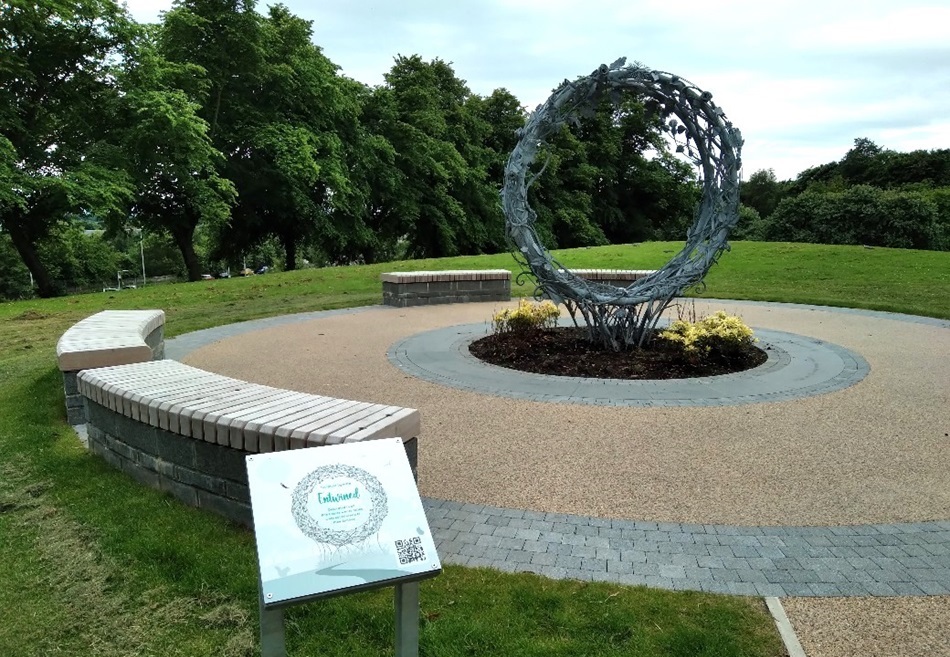
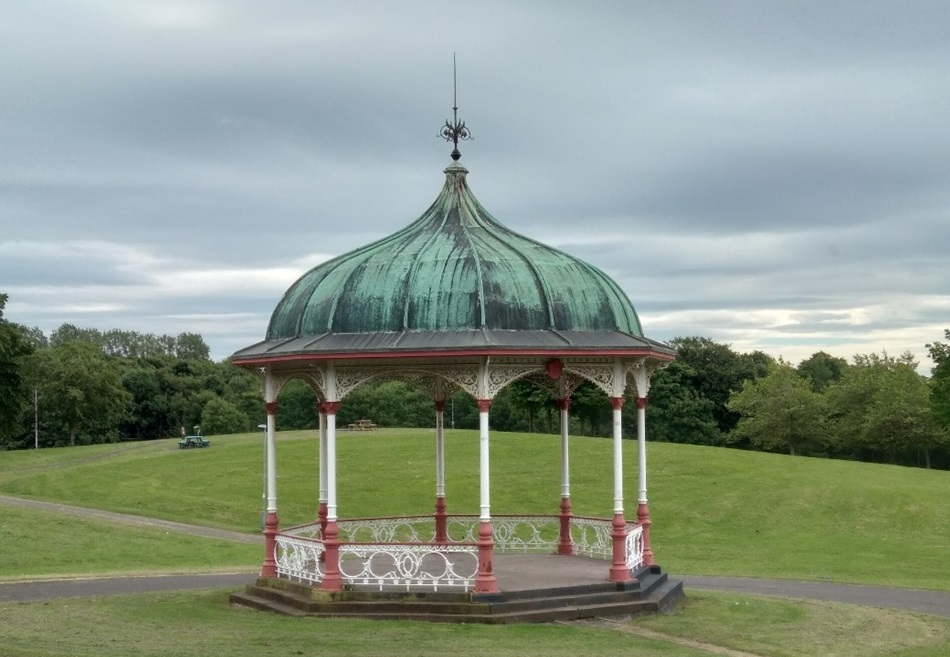
About Dunfermline Public Park
Area: 37 acres / 15 hectares
The Public Park mirrors Pittencrieff Park to the west in terms of its size and its location to the east of the town centre. This traditional park is situated on a sunny, south-facing hillside above the main railway station.
The park was divided in two in 1988 by St Margaret's Drive, a dual carriageway on an embankment, which now dominates the space both visually and aurally. It separates the main body of the park from the town centre. Access across the busy road is limited to an underpass and 2 overbridges.
Facilities include a skate park, play area, Multi-use games area (located in the old tennis courts below Carnegie Hall), and a network of wide tarmac paths. Remnants of the original design remain, including a bandstand, fountain, and mature avenue trees. However, these features are impacted by the road embankment, resulting in dead-end avenues and a bandstand positioned next to the busy road.
Park History
The park was established by the Royal Burgh of Dunfermline in 1866. The Burgh commissioned Joseph Paxton to design the layout, which included paths and a bandstand. Paxton was renowned for designing several public parks, including Birkenhead Park in Liverpool, which influenced the design of Central Park in New York, USA.
In 1888, Mrs Louise Carnegie, wife of Andrew Carnegie, gifted the bandstand. It was manufactured at the Saracen Foundry in Glasgow, which produced many of the bandstands found in public parks across the UK.

